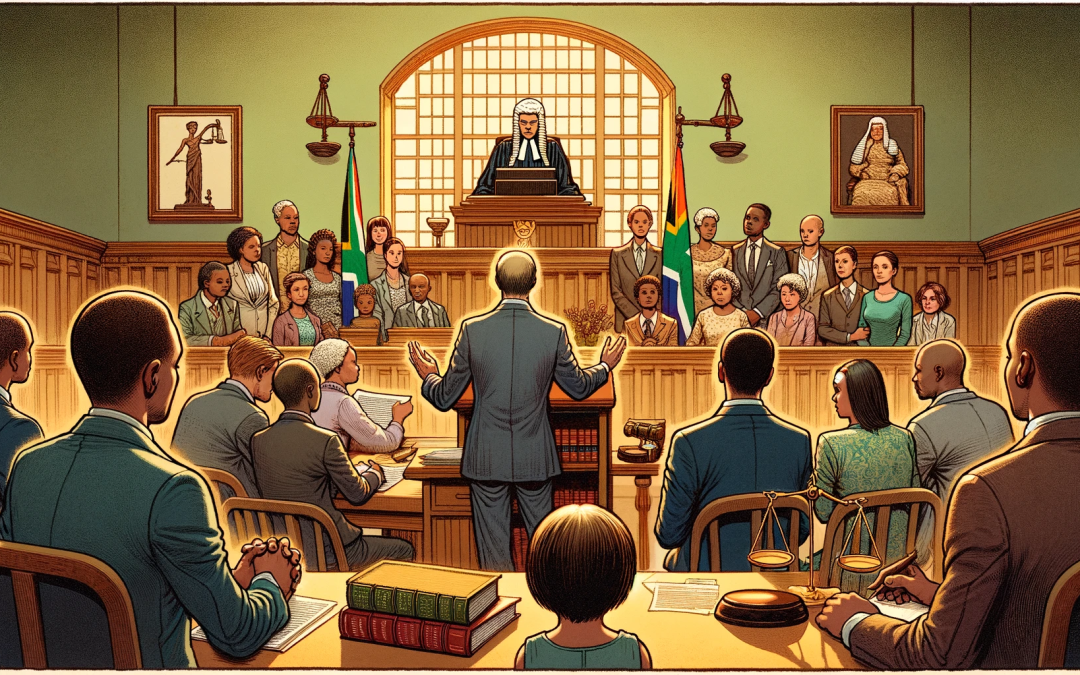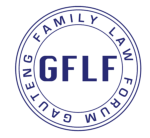
Dealing with the legalities surrounding deceased estates can be a challenging and emotionally charged process. When disputes arise, deceased estates litigation becomes a necessary avenue to resolve conflicts and ensure a fair distribution of assets. This blog aims to shed light on the steps involved in deceased estates litigation, providing a comprehensive guide for those navigating this complex legal terrain.
A few examples of the types of disputes that usually arise regarding estates are claims that may be owing by or to the deceased, maintenance claims, applications to remove executors or to declare a will invalid and the like.
Step 1: Consultation with an Estates Litigation Attorney
The first crucial step in deceased estates litigation is seeking legal advice. Consult with an attorney who is experienced in estates litigation, specializing in probate and estate disputes. During this initial consultation, the attorney will assess the situation, gather relevant information, and advise on the potential legal avenues available to you.
Step 2: Initiating the Litigation
If the attorney determines that litigation is necessary, the next step involves issuing the appropriate legal documents to initiate the process. This typically includes launching legal process at the court that outlines the nature of the dispute and the relief sought. Process thereafter will be served on all interested parties to the legal proceedings, notifying them of the relief sought.
Step 3: Notification to Interested Parties
All individuals with a potential interest in the estate must be formally notified of the litigation. This includes beneficiaries, heirs, creditors, the Master of the High Court and other relevant parties. Adequate notice ensures that all stakeholders have the opportunity to participate in the legal process and present their case to court.
Step 4: Gathering Evidence
Both parties involved in the deceased estates litigation will engage in the discovery process to gather evidence supporting their respective positions. This may involve obtaining financial records, wills, trust documents, and any other relevant information. The strength of the evidence presented significantly impacts the outcome of the case. In the case of the matter proceeding by way of application, this step is done prior to launching the application.
Step 5: Mediation and Settlement
Before proceeding to a full trial, many jurisdictions encourage or require parties to attempt mediation. Mediation provides an opportunity for the parties to negotiate a settlement with the assistance of a neutral third party. If an agreement is reached, it can save time, costs, and the emotional toll associated with a trial.
Step 6: Pre-trial/ application Proceedings
If mediation fails or is not required, the case will move to pre-trial or pre-application proceedings. This involves various legal activities such as motions, discovery disputes, and the exchange of information between the parties. The court may also set a trial date and outline the rules and procedures to be followed during the trial.
Step 7: Trial
During the trial, both parties present their cases, call witnesses, and submit evidence. The court will carefully consider the arguments and evidence presented before making a decision. The length and complexity of the trial can vary, depending on the specifics of the case. In the case of proceedings being launched on application, no verbal evidence is led, but rather the matter is argued on affidavit.
Step 8: Appeals
If either party is dissatisfied with the trial court’s decision, they may choose to appeal the case to a higher court. The appeal process involves a review of the trial court’s decision, in which new evidence may typically not be presented. Appeals are based on legal arguments, alleging errors in the application of the law during the trial or hearing.
Conclusion:
Deceased estates litigation is a multifaceted process that requires careful navigation and legal expertise. Engaging with a knowledgeable estate litigation attorney early in the process is crucial for understanding your rights, exploring potential resolutions, and ensuring a fair distribution of assets. By following these steps and seeking professional guidance, individuals can navigate the complexities of deceased estates litigation with greater clarity and confidence.









